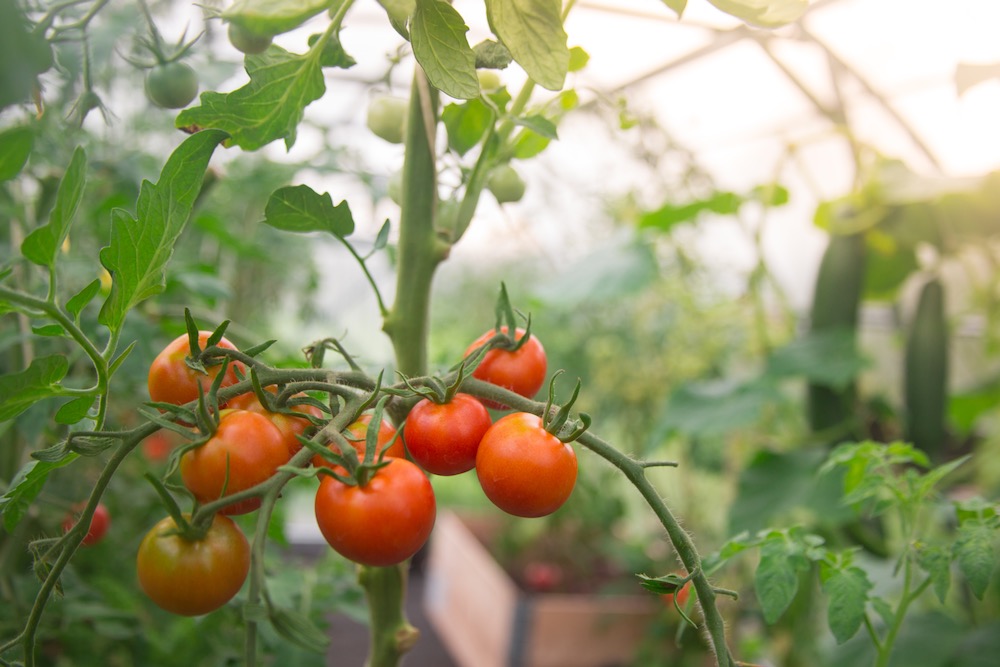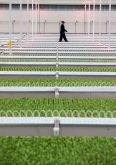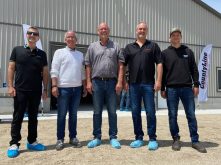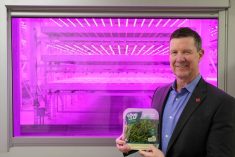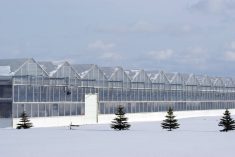Nearly three-quarters (74 per cent) of Canadian fruit and vegetable waste occurs before it reaches consumers, according to a recent study by the Vineland Research and Innovation Centre (Vineland). One-third of that is landfilled and is considered unavoidable due to current processing and grading standards.
To help the horticulture sector improve its environmental sustainability, Vineland mapped the sector’s waste streams and highlighted potential efficiencies.
Why it matters: Waste from the horticulture sector can be transformed into value-added products, bringing better returns to Canadian producers and processors.
Read Also

Packer buys Green Giant, Le Sieur veg brands from U.S. owner
A Quebec-based processor’s deal to buy the Green Giant and Le Sieur packaged and frozen vegetable brands in Canada from a U.S. owner clarifies the status of two popular retail brands grown by Canadian farmers.
Based on volume, the study investigated Canada’s top seven fruit and vegetable sectors: potatoes, apples, field tomatoes, greenhouse tomatoes, greenhouse cucumbers, onions and carrots.
To pinpoint streams which would benefit from the transformation of waste, Vineland interviewed 41 horticultural and food processing companies across the value chain to identify underemployed byproducts, trends driving product formulation and gaps in the ingredient market.
“We found not all sectors have similar levels of waste, although those producing the most waste are actively looking for the right solutions,” said Alexander Grygorczyk, research scientist, sensory and consumer services at Vineland.
The fresh market field crops – apples, carrots, potatoes, onions, greenhouse cucumbers and field tomatoes – allow for nearly all edible seconds to be sold for further processing, resulting in limited waste going to landfills.
“For example, some apple processors make juice or apple purees. One is making a powder out of apple peels, organic apple peels. That’s a high antioxidant powder,” said Grygorczyk. “Another company is taking their apple pellets, drying them, and selling them for pet food.”
Other revenue streams for waste by products include marketing it as compost or, said Grygorczyk, selling it to livestock farms, which is most common.
However, greenhouse tomatoes and cucumbers don’t have a market for processing waste. Edible products with discolouration or cosmetic defects are landfilled or decomposed near the greenhouse, but regional regulations can impact that.
“Local regulations in Leamington don’t allow growers to discard tomatoes on land around the area,” Grygorcyzyk said.
“(This is) due to concerns about potential transmission of airborne tomato diseases since there is such a high concentration of greenhouse and field tomato growers in the area.”
Unlike most field crops, not all products lend themselves to livestock feed or do so in small quantities. For example, the excessive water content of tomatoes creates a lower nutrient density, and the acidity lowers its appeal to livestock.
Farmers can feed livestock apples in limited quantities. However, too many can cause digestive upset.
“A lot of growers/processors I spoke with send their byproducts to livestock farms or spread them on agricultural fields,” said Grygorczyk.
“They are happy with this arrangement, even if it costs them money because it’s simple and much more environmentally sustainable.”
Apple waste requires growers to establish relationships with field croppers to develop composting partnerships; without it, waste gets landfilled.
“Some are as simple as making connections with farmers that have fields that could use the organic matter,” she said. “Even donations. Some organizations take in edible product and distribute it to their communities in need.”
Food ingredient potential
Fruit and vegetable processing have ample volumes of underutilized byproduct streams if the products are food grade. ‘Clean Label’ – transforming food products into shelf-life extension, natural colour, thickening or sweetening – drives current food product reformulations because it has fewer, more easily recognized ingredients with fewer allergens or additives.
There are also non-food industry opportunities, such as converting the byproducts into nutrient-rich compost or biodigester fuel to be applied within the agriculture sector.
“For example, certain apples or potatoes have complex carbohydrates like starch or pectin that can bind to water,” said Grygoczyk, which could help mitigate climate risk.
“If you add some of these fruits and vegetables that can bind water when there’s too much in the soil (it can) release it more slowly when you have periods of drought.”
Even though they may create negative or minimal returns, Grygoczyk said individuals and companies are interested in redirecting by-products into simple solutions such as using raw material for land amendment, a livestock feed supplement, or biodigesters because it’s simple to execute, carries little risk and no significant capital investment.
The key is to build awareness around these alternative methods for horticultural waste disposal that provide value-added benefits to soil, food security, sustainability and the environment.
“If they’re looking to change the way they manage their byproducts and they’re not sure how to go about it, they are welcome to reach out to us for some guidance,” said Grygoczyk. “Depending on their objectives, if it’s within our wheelhouse, we may be able to help, or we can put them in touch with someone else who can help them if it’s outside of our expertise.”


